This year’s Graduate Series award went to Ryan James Caruthers for his series Tryouts, while the Graduate Single Image award went to Jocelyn Allen for her image titled 21st April 2017 (Today’s Look) from Don’t Take Me Out Of My Melons.
Todd R Darling is the winner of the Undergraduate Series award for his project Silk City, while Cathal Abberton won the Single Image award for a portrait of a man called Leo, shot in Riace, Southern Italy.
The exhibition will open at Shop 13, Old Truman Brewery, 15 Hanbury Street, E1 6QR on Thursday 22nd June 2017, 6-9pm.
Ryan James Caruthers – Graduate Series
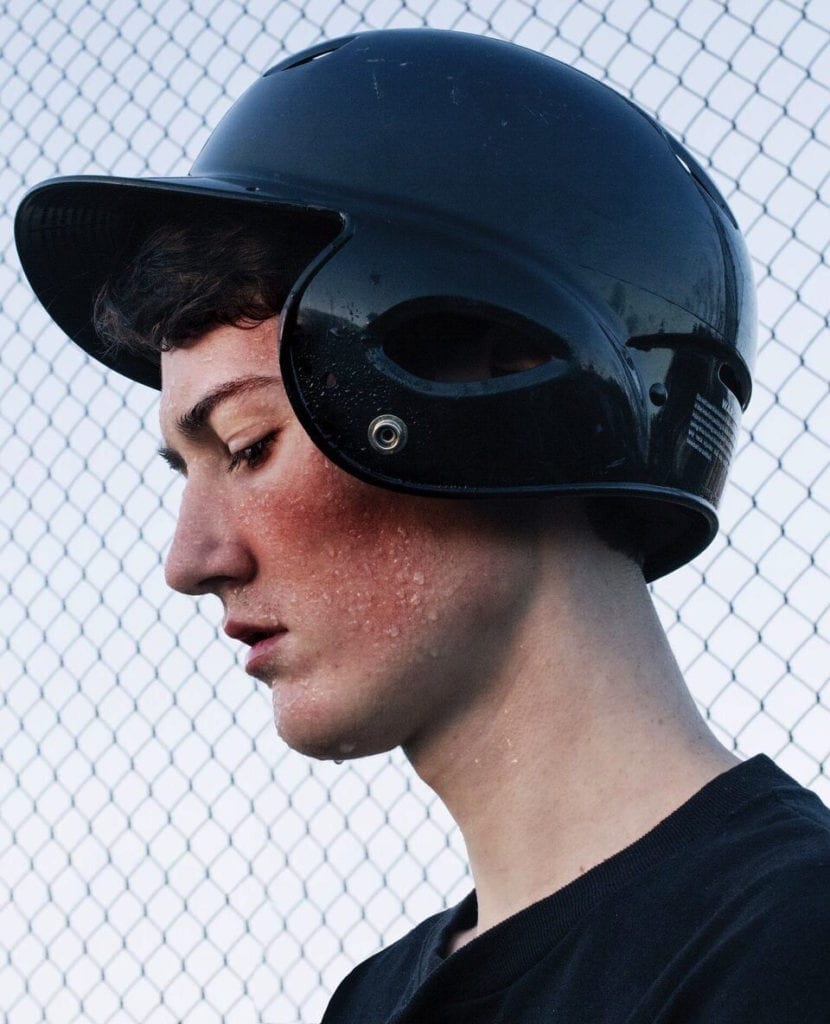
“I’m very grateful to have won this award at the age of 22, and I’m extremely humbled,” says Ryan James Caruthers of his Breakthrough win. “The project itself is very personal to me, so to have this type of recognition is very special.”
Caruthers, who graduated with a BFA in Photography from Parsons the New School for Design in 2016, won the award for his emotive series, Tryouts, in which he explores the intersections between homosexuality, masculinity, identity, and athleticism. The project has its roots in his experience of boyhood, says Caruthers, who began the work by taking self-portraits while wearing wrestling attire.
“I realised the garments could alter not only my physicality yet emotionally how I performed for the camera,” he says. “The project is inspired by my estrangement from athleticism. Growing up in a suburban New Jersey town, males my age were preoccupied with sport […] Having a bone deformity in my chest and being uncomfortable with my skinny body type pushed me away from participating in sports, ultimately removing me from the typical signs of masculinity. Being a closeted gay individual also contributed to my estrangement.”
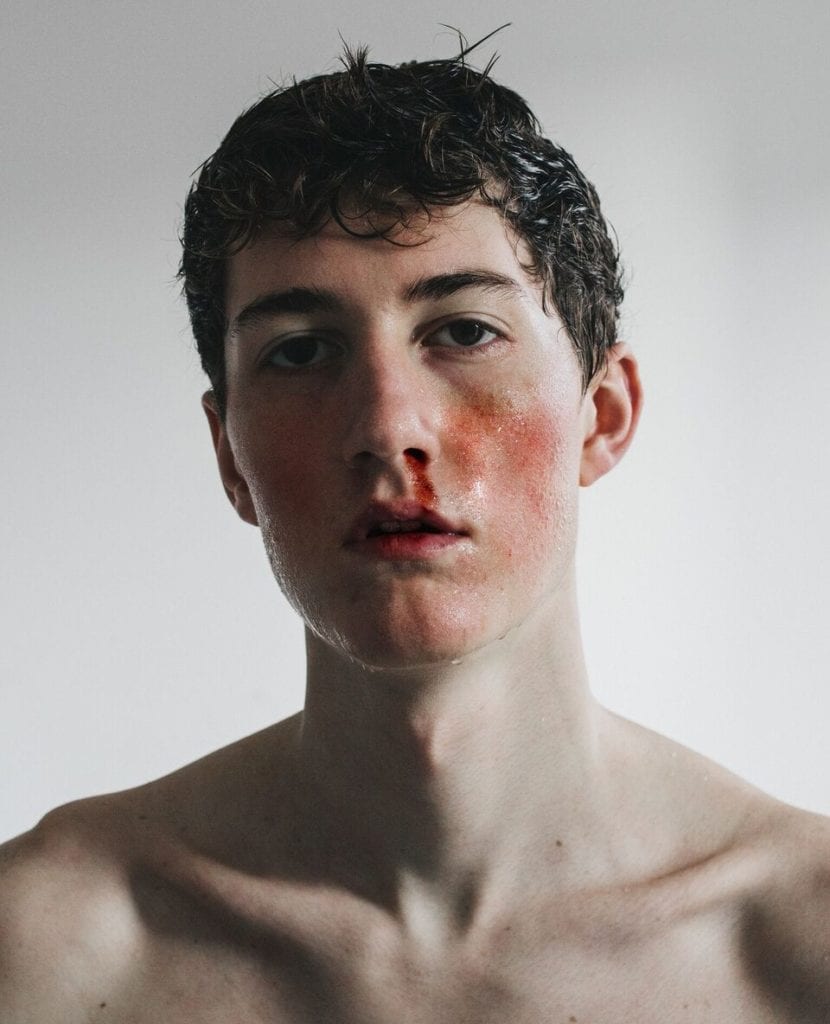
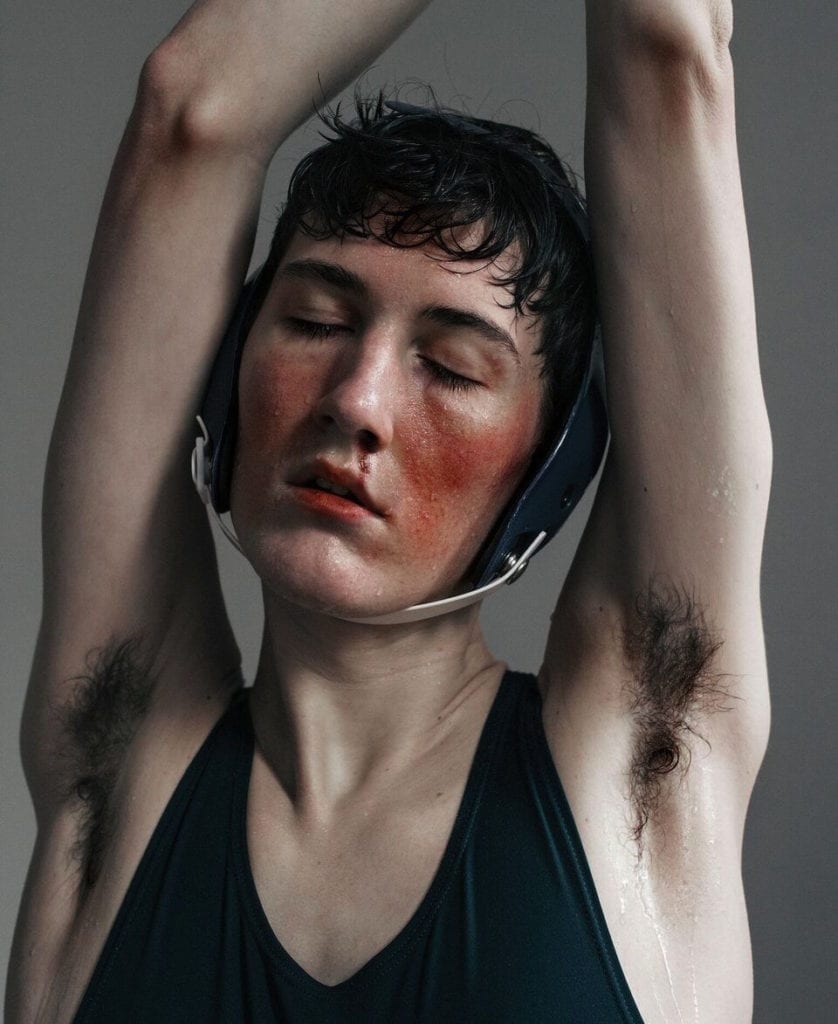
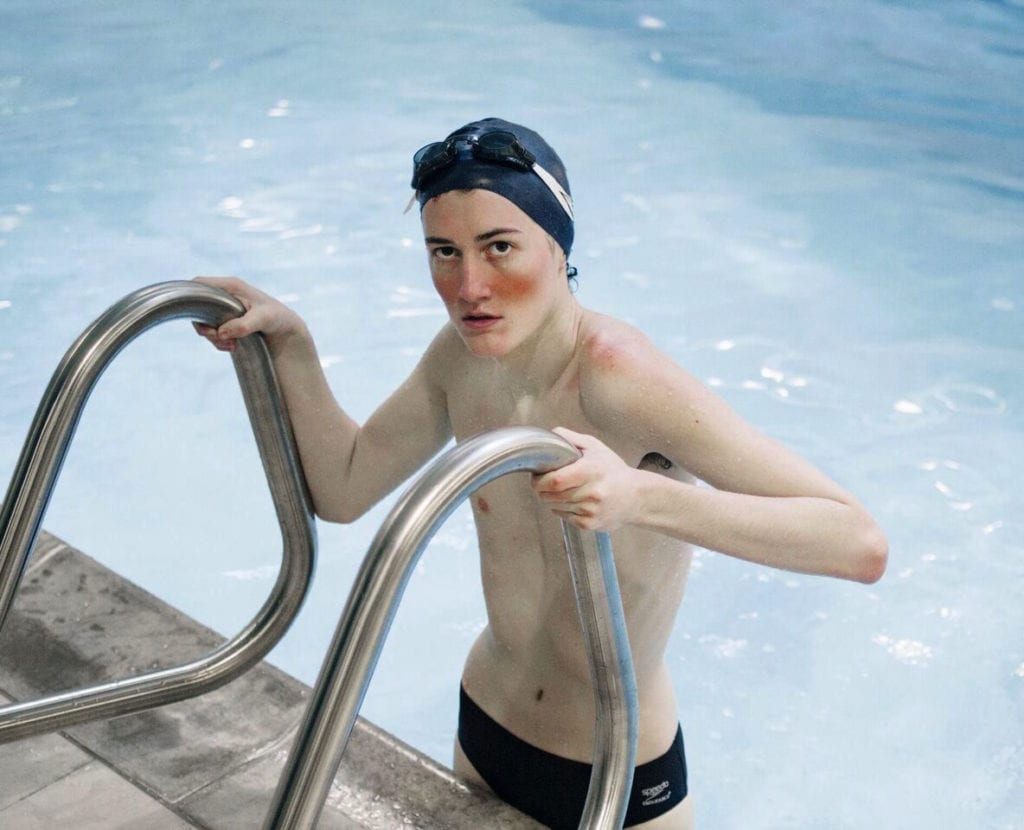
Sexuality is a recurring theme throughout the series, says Brooklyn-based Caruthers, adding that the images hint at male beauty and homoeroticism. He recalls how he was reluctant to get undressed in front of his peers in the locker room or play sports with other boys, and would try to hide his curiosity about them and their bodies.
Creating this series, which has been featured in i-D and Time magazine among others, has enabled him to experience sports he never participated in, he says, with “each image depicting an in-between moment of artist performing as athlete”. He now plans to continue to create personal projects, and will soon release a print publication titled Close that he co-curated and art-directed.
“Image-making is something that has been a part of my life since I was very young,” he says. “I think my work will eternally lend itself to queerness and accompanying themes as they are such a large part of my voice.”
Todd R Darling – Undergraduate Series
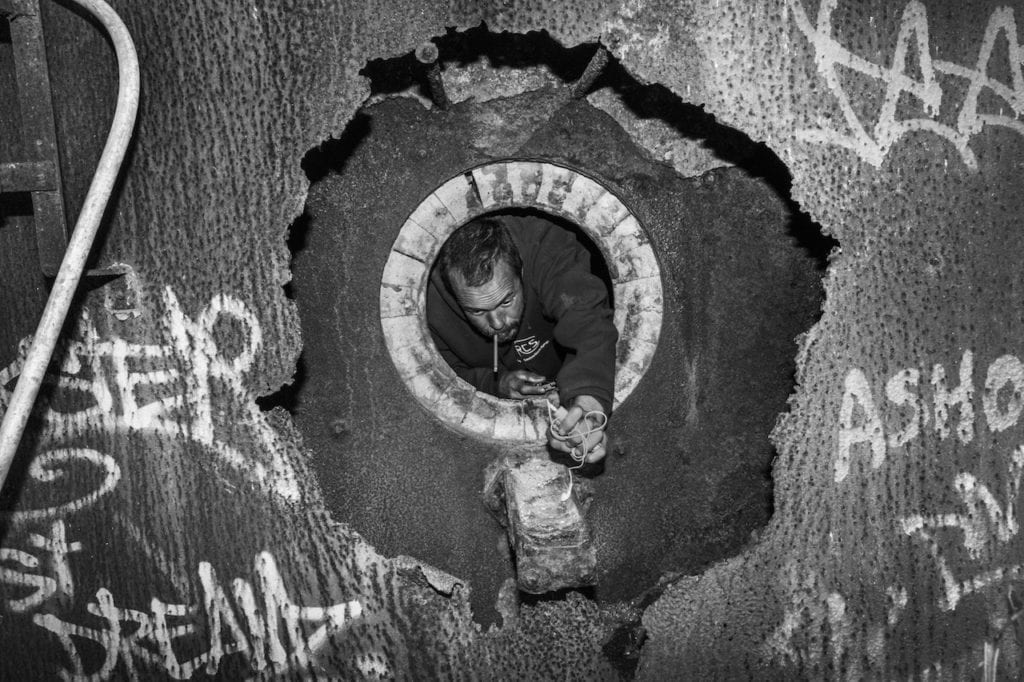
For his Undergraduate Series winning series, Todd R Darling, who is currently studying Documentary Practice and Visual Journalism at the International Center of Photography (ICP) in New York City, turned his lens on Paterson, New Jersey, a place he says is “close to my heart and home.” The project – “born out of a desire to explore my home and my youth” – is a survey of the area, which Darling describes as incredible, but forgotten.
“It’s down the hill from where I grew up,” he recalls. “We were told not to go…As I was preparing to move back home from Asia [where he had been living for 10 years] to attend ICP, I began to research local stories and was struck by the amount of gun violence. Initially, I wanted to do a story on gang conflict, but when I began the project I realised that guns and drugs were only symptoms of a much bigger problem. And it wasn’t only a local problem but an American problem. That problem is our society’s failure to address those left behind.”
Silk City, the title of the project references the area’s historical connection to the silk trade, once a thriving and lucrative industry. The contemporary picture is very different. Darling describes how many of the old mills that produced silk are now places of refuge for local people; neighbourhoods lined with 19th century mansions that once belonged to silk barons now have some of the US’ highest rates of poverty and violence, he says.
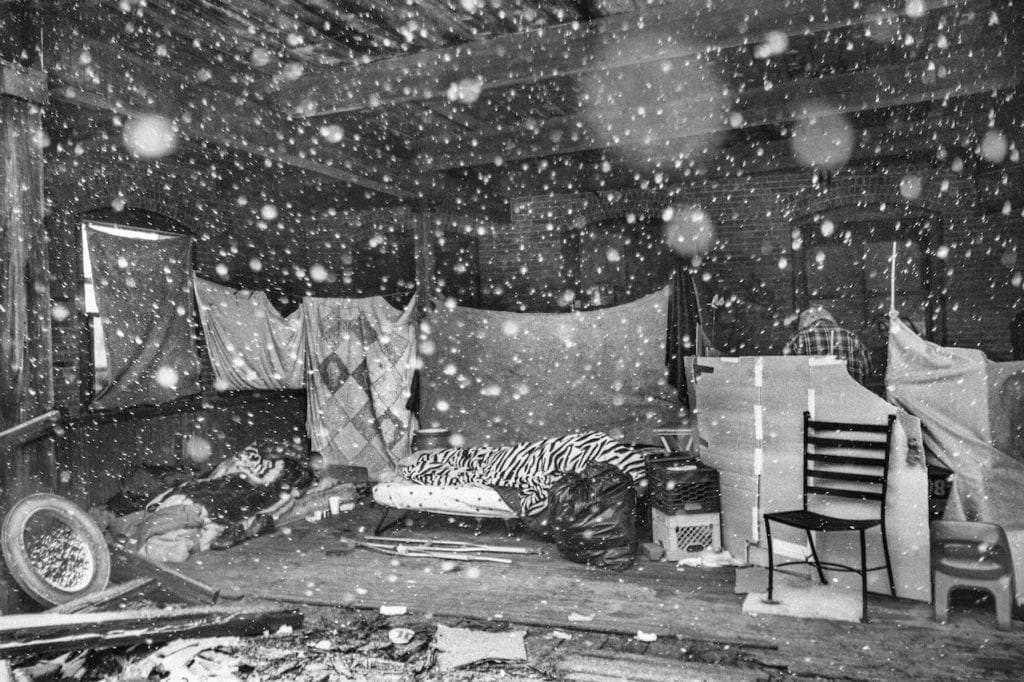
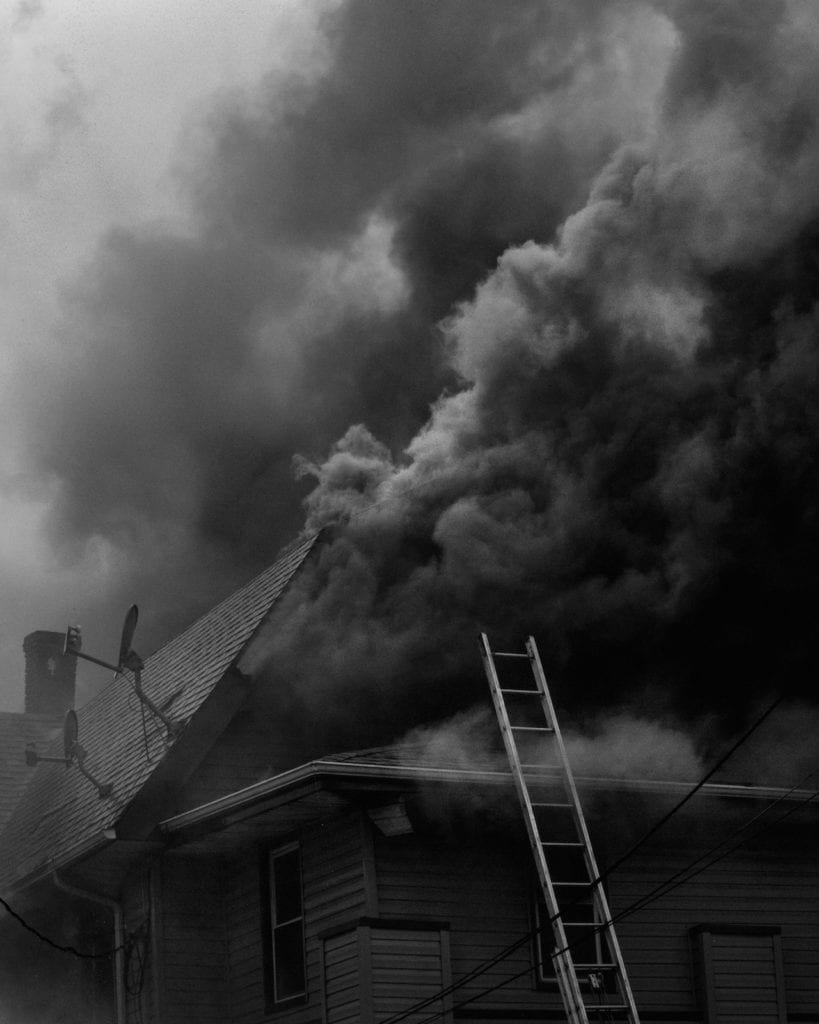
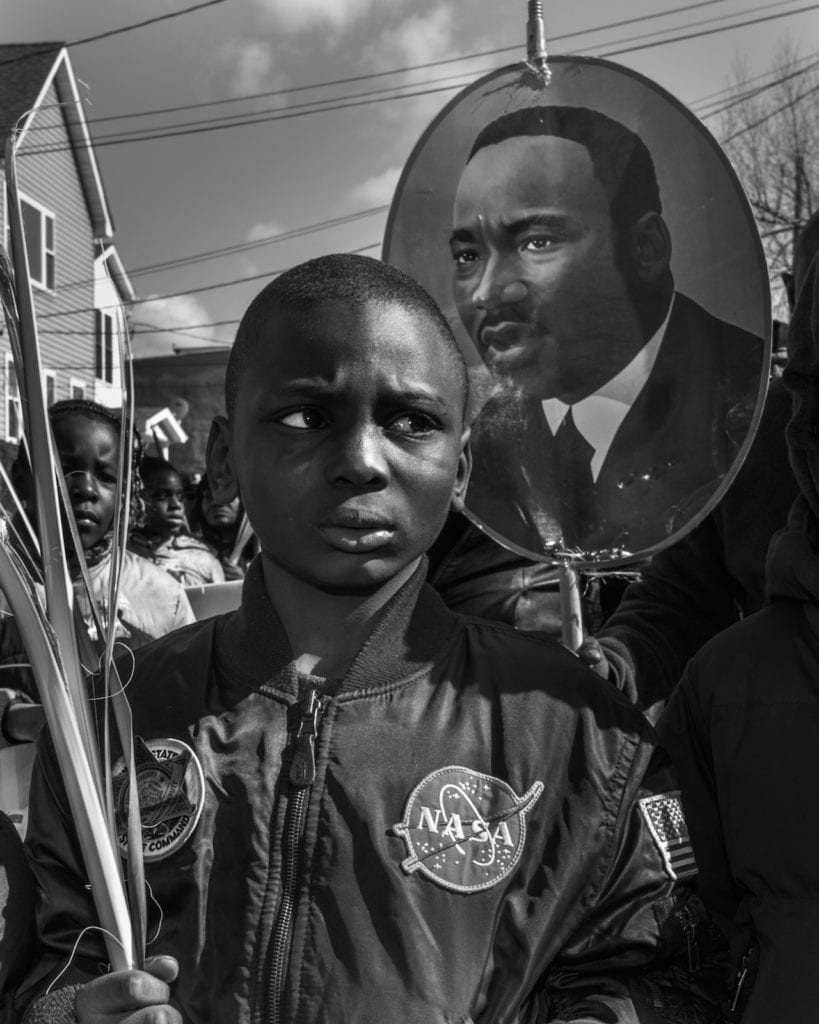
“The story I try to tell is the story of Paterson and its people today, struggling to cope with adversity, and how it can maybe reinvent itself despite very challenging headwinds working against it. Broadly, Silk City is about culture, politics and economics… It’s about industrial legacy and macro manufacturing trends, and what happens when all the jobs disappear as industrialists seek cheaper more docile labour elsewhere. Paterson has this rich unique history that is really America’s history in many ways.”
Jocelyn Allen – Graduate Single Image
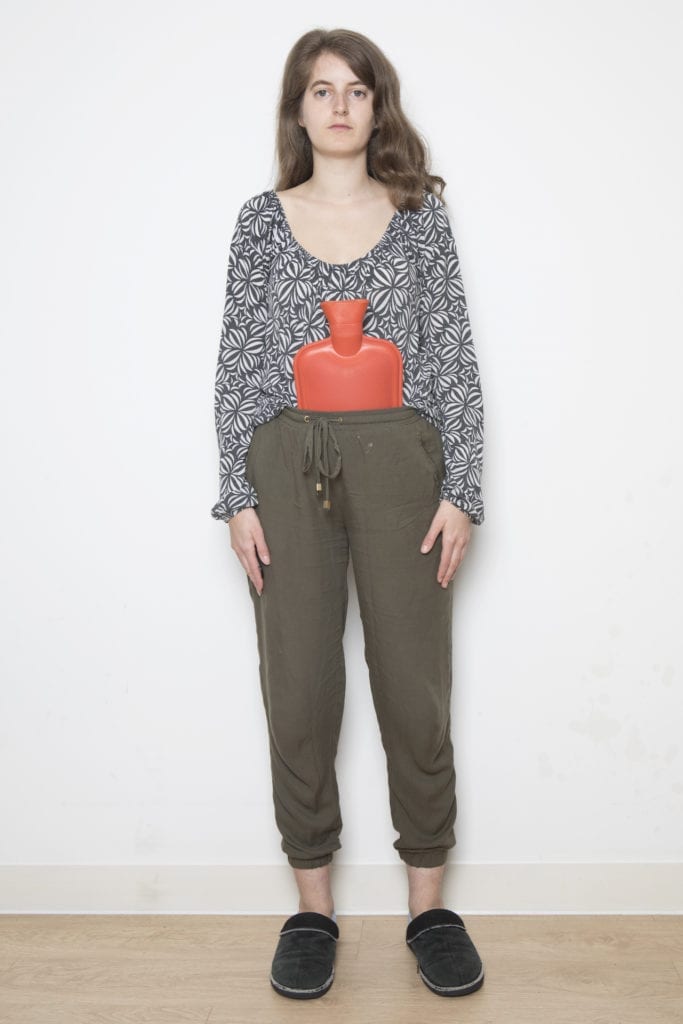
Old top that I don’t like wearing in public anymore as it took me too long to realise that if I lean over I flash my bra/boobs, trousers that I wore out once in public but felt self-conscious wearing so they are now in the homewear only pile (with toothpaste stains as I can’t seem to brush my teeth without making a mess anymore), 2 pairs of slippers (one – my pair – not really visible, boyfriend’s pair visible), no makeup (haven’t worn any makeup since July, wore makeup twice last year – once for a costume party and once for 1 wedding out of 3 that I attended), brushed hair that I washed yesterday (it’s usually every 4ish days), hairy legs as I haven’t ‘dealt’ with them since February (I went on holiday to warmer climates) and a hot water bottle for period pain as I try to avoid painkillers as much as possible (except when it comes to tooth pain – wisdom tooth removal is not pleasant).
Also hidden: Bracelet that I made when I was a teenager, a watch (boyfriend’s one that he gave to me after my similar one broke – which was identical to one I bought in 2009, my parents also wear similar watches), a bra (fairly old, I hate bra shopping so I usually just wear the ones that my mum gets me for Christmas), armpit hair (my skin is sensitive, shaving is too much work and epilating hurts so I’m going to try to embrace the neatly trimmed armpit hair look this summer whilst being self-conscious about it), 2 x temporary medicated fillings (I’ve never been to the dentist as many times as I have this year), permanent fillings (wish I had looked after my teeth better – can’t be bothered to go and count them in the mirror), pants (I’ve never been into small underwear, these ones I don’t wear very often but I need to wash my clothes – they are meant to not be visible through clothes but I still see them under the new trousers I bought so I’m too self-conscious to wear those too), pubic hair (I’ve never understood the prepubescent look/can’t be bothered with more pain), menstrual cup (wish I had bought one years before I did) and a liner (because the cup still isn’t perfect).
“It was a one-off image, but now it has become part of a work-in-progress project,” says Jocelyn Allen of her winning image, 21st April 2017 (Today’s Look). Allen, who often places herself in her work, explains the image came about one day while she was on her period.
“I was walking around my flat with a hot water bottle in my trousers to help with the pain,” she recalls. “I thought it would be funny to take a picture of it, so I did. I posted it to Instagram with a caption that resembled one of those ‘what I am wearing today’ posts, but being quite honest and telling little stories and opinions about hidden things – my underwear, unshaved legs, armpit hair and menstrual cup… So it became quite a revealing piece. I felt quite awkward about it but it had a good response, and I decided to send it into the competition.”
Allen, who studied a BA in Photographic Art at the University of Wales, Newport between 2007 and 2010, started taking self-portraits because she felt awkward asking people to pose for her. Throughout much of her work, which encompasses photography and video, she explores themes such as representation, anxiety, self-esteem, self-confidence, and hiding and revealing – a lot of which apply to this photograph, she says.
“I still feel slightly awkward about buying pads even though I’ve been having periods for about half of my life, which I find a bit sad as it’s such a natural thing. So this image and the text is really about owning myself and my body and talking truthfully on a platform [Instagram] that a lot of people use to show themselves in the best light possible.”
Describing herself as a shy person who lacked confidence, Allen says making work over the years has been therapeutic. “If you’d told me 10 years ago I would go on to make a lot of self-portraiture projects I would have laughed at you,” says Allen, but adds that: “I get nice messages from people telling me my work has helped them in some way… to work through their issues.”
Cathal Abberton – Undergraduate Single Image
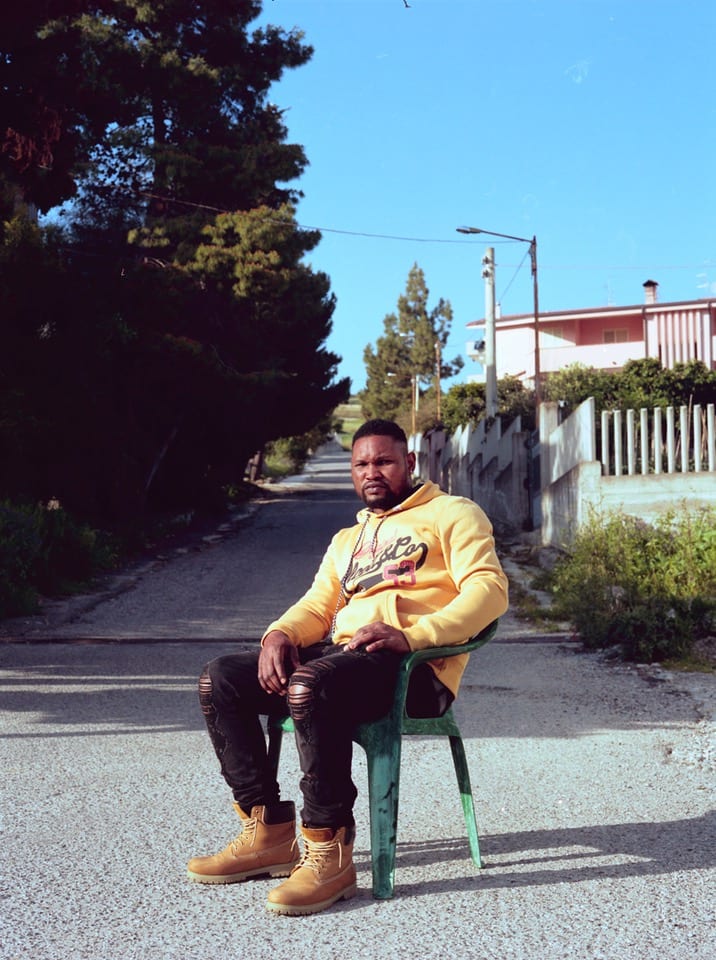
Abberton, who has just completed a BA degree in photography at the University of East London, took his portrait of Leo during a trip to the remote Italian town of Riace, Southern Italy, earlier this year. It is from a wider series called Solo in Calabria about the people and landscapes of this picturesque part of Italy.
Many of the refugees and migrants who live there are just waiting, he says – for a job so they can earn money, or to move to another place – and so the project touches on this notion of ‘waiting’. More broadly, Abberton wanted to show the hidden economy and human trafficking that goes on, he says, and to highlight the difference in prospects and living conditions for migrants and Europeans – “the other” and “us”.
Like many photographers, Abberton was moved to travel to Europe to see the conditions for refugees first-hand. Before Italy he travelled to France, Turkey, and Greece, documenting “all aspects of migration – from the clandestine camps within a city, like Ellinikon Airport in Athens, to the EU-funded projects in remote towns like Riace.” Contacts on the ground in each country showed him the places where refugees, were living and he spoke to many of them about the journeys they had made.
Determined not to show his subjects “in a bad light or a derogatory way”, Abberton instead tried to photograph the people he met with “a degree of dignity”. Leo, who didn’t want to give his full name, is originally from Ghana, and is one of the many who made the terrible voyage from Tripoli across the Mediterranean before landing in Sicily.
“Leo tried to abscond and was picked up [by the authorities] in the region of Calabria,” says Abberton. “The Italian system [rules] that you have to be re-housed, and they try to move you into accommodation.” Bleak economic prospects and little in the way of job or education opportunities mean life can be tough, he says. “It was very difficult for Leo.”
Although news coverage about the town’s integration policy and its mayor Domenico Lucano is largely positive, the reality Abberton found was very different, and he recalls hearing stories of prostitution, blackmail, and exploitation by the authorities. “The most important thing about this project is the people and their stories,” he says. “You try to be objective but you really can’t – you feel for them so much.”
The four winners will have their work printed by London pro-lab Metro Imaging and exhibited at The Old Truman Brewery in East London as part of the Free Range graduate shows. The winners will also see their work published in BJP’s acclaimed monthly magazine and across its online social channels, reaching over a million creatives worldwide.
For more details of BJP Breakthrough visit: bjpbreakthrough.com
Judging panel
This year’s entries were judged by a panel of industry experts, including:
Emma Lewis, Assistant Curator, Tate Modern
Vivienne Gamble, Founder and Director, Seen Fifteen
Emma Bowkett, Director of Photography, FT Weekend Magazine
Hayley Louisa Brown, Founder and Editor, BRICK Magazine
Maisie Skidmore, Online Editor, AnOther Magazine
BJP Breakthrough is generously supported by

